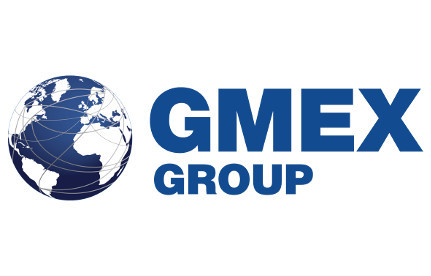Hirander Misra explains how blockchain’s capacity for infusing innovation in the financial services landscape is being leveraged by financial institutions and Fintech firms alike, even as the stage is being set for blockchain to take on and transform new verticals from food supply to pharmaceuticals.
There is no doubt that blockchain will have a transformational impact on the financial services industry. A recent survey of executives and experts by the World Economic Forum predicted that 10% of Global GDP would be stored on blockchain technology by 2027. This, based on 2018 global GDP, amounts to US$8.5 trillion. When GDP growth is taken into account, the figure amounts to a whopping US$24 trillion, according to analysis by institutional banking provider Finoa.
Indeed, as a way of initiating and verifying transactions in a distributed environment, blockchain’s decentralised record keeping and reporting functionalities hold out endless opportunities for reducing cost and fraud on the one hand, and increasing the speed of transactions on the other.
No wonder then that leading banks and market infrastructure providers are already investing heavily to develop blockchain applications to enable an ever increasing number of business cases, thereby ushering in much-needed change in the traditional financial systems. In this context, initiatives such as R3CEV Corda and IBM IBP 2.0/ Hyperledger Fabric are just the tip of the iceberg.
Key driving forces for innovation
Emergence of Distributed Ledger Technology (DLT): As against the popular permission-less platforms enabled by public blockchain (such as bitcoin), global bankers have indicated the need for more agile, cheaper and faster distributed consensus mechanisms enabled with requisite permissions. Based on this, a new type of blockchain has emerged, the Distributed Ledger Technology (DLT). DLT is already being used with great results in areas such as trading shares of private companies, solutions for streamlining the process for loan syndication, digital custody and more.
Going mass market with financial inclusion: Blockchain is an emerging technology and holds out immense potential for mass market implementation, especially on the back of powering payments and financial inclusion. There is also a strong case for investing in the lending and security biometrics space of Fintech while new investment avenues such as robo-advice and challenger bank-in-a-box are beginning to whet investor appetite.
Collaboration between existing and emerging players: Finally, it is important to underscore that the blockchain industry is being powered by collaboration rather than competition. Indeed, financial institutions across the world are partnering with Fintech firms and setting up their own in-house labs for testing blockchain technology. This I refer to as the ‘one plus one equals 11’ approach, making sure we do more with less to make the ecosystem truly sustainable – and one that is genuinely powered by network effects.
Entrepreneurs in Fintech…
In order to truly transform the financial services landscape, entrepreneurs should brainstorm real-world problems which need solving, rather than adopt a ‘build-it-and-they-will-come’ mindset. Fintech’s focus should be on how new technologies can facilitate existing pain areas and at the same time give the entrepreneurs themselves a sustainable revenue stream.
Indeed, the business case and its potential to realise a return is important for commercially driven projects to boost their valuation. Unfortunately, there are too many loss making enterprises in this space which are overvalued, with many such enterprises having been exposed during the crypto downturn. On the bright side, this has served to ‘weed out the rubbish’ and the industry will be much better for the genuinely productive innovation mindset that can be applied going forward.
Of course, needless to say, in the early stages as well as during ongoing operations, investment in R&D is crucial for any Fintech firm since technology evolves fast. The importance of keeping pace with ever evolving technology, and accompanying regulations alongside, cannot be stressed enough.
…and beyond
Looking at the future, increasing adoption across verticals appears to be on the cards, as a significant step forward from current cases where the focus of blockchain has primarily been on Fintech. From Islamic finance, pharmaceuticals/ medtech, manufacturing/ robotics, shipping, foodtech, propertytech, agritech/ supply chain, e-commerce/ retail, tourism, digital media/ marketing to gaming and gambling, blockchain looks set for an exciting innings in more ways than one.
Indeed, more than blockchain’s capacity to take on these new verticals, the challenge will be how government-driven policy aligned with the private sector can serve to ensure a consistent and cohesive approach across such verticals.
Kudos to Malaysia and the Seychelles as more recent jurisdictions which are paving the way for well defined National Fintech strategies in an innovative fashion, which include an integral blockchain based ecosystem and regulatory sandbox! Other forward-looking economies would be well advised to take a leaf from their book, as blockchain looks set to not only transform financial services, but also go well beyond.





